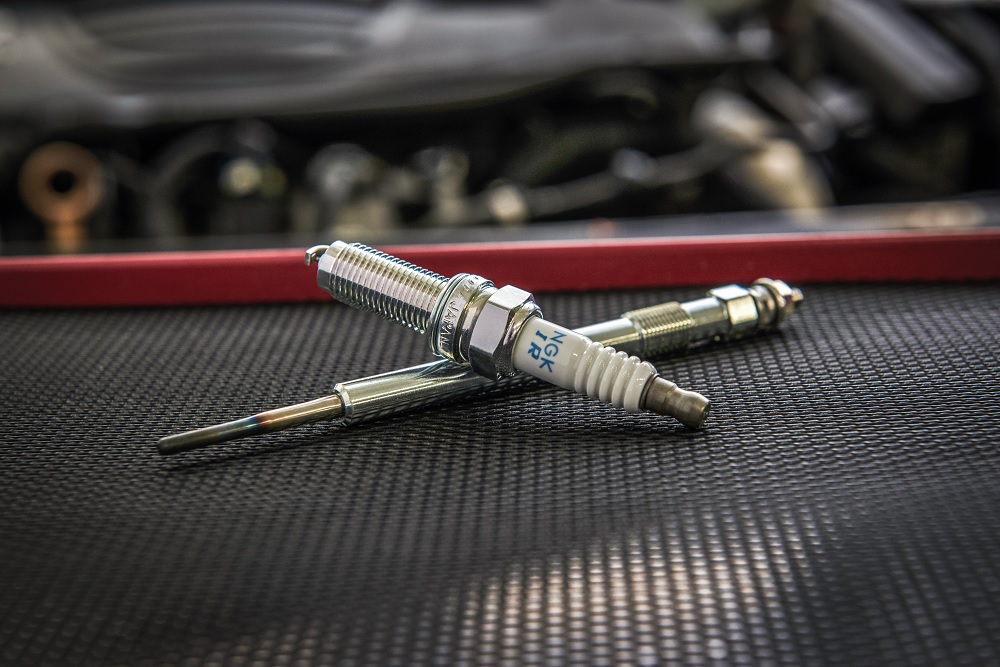NGK SPARK PLUG the world’s leading ignition and sensor specialist, provides customers with a statutory warranty for all its products, including its world-renowned spark plugs and glow plugs. Diagnostic testing is carried out on all returned parts to identify the reason of the failure, be it manufacturing errors or external factors. However, due to the company’s commitment to quality and excellence, close to zero warranty claims are found to have been caused by manufacturing errors, particularly for its spark and glow plugs. For both types of plugs, almost all warranty claims are a result of various external factors such as incorrect installation, carbon fouling or inefficient engine conditions. Although this is very good news for the company, it does not provide much comfort to the valued customer who may be saddled with potentially high repair costs. The ignition specialist explains how to avoid the most common ignition pitfalls.
How to avoid carbon fouling in spark plugs
This is by far the most common type of spark plug problem. Carbon fouling occurs due external factors, not manufacturing errors. When a spark plug is fouled, the insulator nose at the firing tip is coated with a foreign substance such as fuel, oil, or carbon, resulting in the engine misfiring or failing to start
“Common reasons for this include the wrong spark plug heat range, a non-optimal engine combustion process and poor running conditions like continuous low-speed driving and short trips,” explains the expert. “For example, a spark plug must reach a temperature of 450°C before it starts to self-clean by burning off carbon deposits. Regular short trips and continuous low-speed driving, however, result in the spark plug being unable to reach this critical temperature, making conditions for fouling ripe,” he warns.
Luckily, there are many precautions that can be taken to prevent this from occurring. The expert recommends, “making sure that the engine’s air/fuel mixture is correct, regularly checking ignition system components such as wires, coils and caps for signs of wear and tear, driving at faster and longer speeds from time to time and using a spark plug that has the correct heat range.”


Good write up,When a vehicle comes in with fouled up plugs I always check everything else and dont need to phone the rep for faulty plugs.Thank you NGK for creating the spark that lights up the engine.
GOOD ARTICAL .